This post shares some great high fiber foods that can really help your gut health and prevent or ease constipation.
You might have heard a growing conversation around high fiber foods and their numerous benefits.
Yes, they certainly deserve the hype and attention they get!
But most of us overestimate fiber intake in our diets, believing that we are meeting our daily needs.
In reality, studies have shown that an average person consumes less than 20 grams of fiber a day.
This is a much lower amount compared to the recommended intake of 25 g for women and up to 38g for men.
That is why I am here to help you identify some of the best high fiber foods.
25 High Fiber Foods List
I have taken the time to compile a high fiber food list for you, arranged by their fiber content per 100 grams in their raw or dry form.
This way, you can easily see which options pack the most fiber into your meals.
Also, each of these foods contains both soluble fiber (which helps lower cholesterol and stabilize sugar) and insoluble fiber (the type that prevents constipation).
So, let’s get started!
1. Chia Seeds
Fiber Content: 34 g/ 100g
Chia seeds are a nutrient powerhouse that contains loads of antioxidants and omega-3 fatty acids.
Not only this, but they are also rich in calcium and magnesium.
And to reap all these nutrients, you don’t need to consume them in large amounts.
Adding 2-4 tablespoons of chia seeds into your breakfast, smoothies, or yogurt is the best way to incorporate them.
Remember to soak them overnight or a few hours earlier!
2. Flaxseeds
Fiber Content: 27.3 g/ 100g
Flaxseeds are another great high fiber food source containing many other beneficial nutrients.
Some studies also suggest that it has a laxative effect that helps with constipation.
Consuming them is super easy.
You can easily add them to your diet by sprinkling them on yogurt or oatmeal or by adding a spoonful to sauces, smoothies, soups or salads.
3. Chickpeas
Fiber Content: 12.2 g/ 100 g
Chickpeas are considered one of the best high fiber foods for constipation because they are loaded with a special type of fiber called raffinose.
Not only this, but it is also a great high-protein source for your meals that keeps you full all day.
You can enjoy these wholesome grains as you like.
Toss them into salads, make stew or hummus or just blend them into a smoothie, whatever your preference is.
4. Dark Chocolate
Fiber Content: 11 g/ 100 g
Yes! Dark chocolate, which has a composition of 75-90% cocoa, is rich in dietary fiber.
Along with this, it is also rich in many flavonoids and antioxidants, and very low in sugar.
This composition makes it a good choice for people with heart issues, as it protects the heart and improves blood flow.
5. Oats
Fiber Content: 10.1g/ 100 g
Oats are one of the healthiest grains and are rich in fiber called beta-glucan, which has been well studied to reduce cholesterol.
Plus, oats are also an important source of nutrients, minerals and vitamins required for the normal functioning of the body.
The best way to use oats is to make overnight oats with fruit for breakfast.
Avoid packed oatmeals as they might contain added sugars
6. Dried Figs
Fiber Content: 9.8g /100g
Figs are nature’s delightful treat.
They have a unique, super sweet taste, chewy texture, and are filled with crunchy edible seeds.
And when it comes to gut health, they are one of the best high fiber foods to consider, with a rich history of beneficial use.
Not only do figs boast a delicious taste, but they are also loaded with anti-inflammatory and antioxidant agents that support overall well-being.
In fact, one study suggests that consuming 46g of figs twice daily can be a game-changer for digestive issues like constipation.
So why not give this super food a try!
7. Pecans
Fiber Content: 9.6g/ 100 g
Pecans are not only a tasty snack but are also packed with dietary fiber and omega-3 fats.
You can enjoy pecans in many ways.
They are perfect as an addition to salads, trail mixes, or even in baked goods.
Just remember that less is more.
Keep an eye on portion size, as these nuts are calorie-dense too.
8. Whole Wheat Pasta
Fiber Content: 9.2g/ 100g
Pastas are considered all carbs, but whole-wheat pasta is a better choice.
The reason? Fiber content.
According to research, consuming whole grains can help manage diabetes, too.
Along with its high fiber content, whole wheat pasta is also rich in many phytonutrients, which are studied to provide additional health benefits.
Try making whole-wheat spaghetti with your favourite red or white pesto sauce, or use a handful of boiled pasta in salads.
9. Black Beans
Fiber Content: 8.7g/100g
Black beans are full of plant-based proteins, dietary fiber, and other antioxidants.
These beans also help to lower blood sugar levels in humans.
You can use black beans as a high fiber foods meal in many ways, like in quesadillas, salads, soups and even in brownies!
10. Lentils
Fiber Content: 7.9g / 100g
Lentils are all-arounders, high in protein, carbs, and fiber.
They also bulk up so you feel fuller and have a low glycemic index, which means they don’t spike blood sugar levels too, making them good for diabetics.
No matter what color they are—yellow, black or red—they all are great and a cheap source of high fiber foods to try.
11. Avocados
Fiber Content: 6.7g/ 100 g
Packed with all the healthy fats, avocado is a good high-fiber food to consider.
They have been proven to be fulfilling, too.
In one study, people who added avocado to their lunch were less hungry in the next three hours than those who did not.
Avocado is super versatile.
You can use them to make avocado toast, salads, smoothies, sandwiches, and dips.
12. Berries
Fiber Content:6.5g/100 g
Berries like blackberries, raspberries, and strawberries are not only yummy but also high in fiber and water, which helps with constipation.
In addition to that, they are also well studied for their antioxidant, vitamin C, and flavonol content and for helping with better immunity, heart health, and the nervous system.
Enjoy them in fresh smoothies, fruit cocktails, toppings or alone!
13. Green Peas
Fiber Content: 5.7g / 100g
Tiny but mighty is the perfect description of these legumes.
Green peas are packed with fiber and plant-based protein that helps to keep your gut bacteria healthy, ensuring you don’t struggle with constipation.
It also contains other healthy antioxidants and vitamins, such as A, B6, and K, that contribute to overall health.
14. Artichoke
Fiber Content 5.4 g /100 g
Artichokes are thistle-like plants with thorn-like leaves protecting the inner edible flesh.
They are known to contain one of the highest quantities of fiber among vegetables and are particularly high in fiber inulin, which is famous for its gut health benefits.
Artichokes also have a prebiotic effect that increases stool frequency.
15. Air-popped Popcorn
Fiber Content: 5 g/100 g
You might be surprised to know that air-popped popcorn is actually high in fiber too!
These light, low-calorie snacks are a great way to boost your fiber intake and shed pounds.
Just remember, if you go overboard with sugary or buttery dressings with it, you might lose that fiber-to-calorie ratio.
16. Kale
Fiber Content: 4.1 g / 100 g
Kale is one of those dark green leafy veggies that contain a nice amount of dietary fiber and other nutrients.
Its high fiber content adds bulk to the stool, making it easier to pass.
In addition, kale may also alter the composition of gut microbes, aiding in digestion and regular bowel movements.
17. Carrots
Carrots are known for their vibrant color, but they are so much more than just a visual appeal.
They are loaded with fiber, antioxidants, and essential vitamins like A and K, promoting immunity, heart, and kidney function.
They can be eaten raw as a crunchy snack or cooked into your favorite dishes.
18. Kiwi
Fiber Content: 3.4 g/100 g
Kiwis are berries with a tangy-sweet taste, making them a nice, high fiber snack for kids and adults alike.
Studies have shown that eating kiwi promotes regular bowel movements.
They also contain an enzyme, actinidine, that reduces digestive symptoms and is used in many medicines too.
As it is a berry, you can easily eat it with the seeds and skin.
19. Pears
Fiber Content 3.1 g/100 g
Pears are a wonderful source of nutrition and fiber in one food.
Due to their rich fiber content, they are also used as a natural remedy for constipation in babies and kids.
This means that they can be considered a high fiber food for toddlers, too.
20. Sweet Potato
Fiber Content: 3 g/100 g
Like other high fiber foods in my list, sweet potatoes are also fiber-rich.
It has loads of pectin fiber that is proven to reduce gastrointestinal discomfort due to constipation.
You can bake, roast, or boil these natural goodies to consume.
One important tip is to leave the skin. It contains most of the fiber, so keep it on for a hearty boost of goodness in each bite.
21. Beetroot
Fiber Content 2.8g / 100g
Beetroots are one of the finest high fiber foods on our list, with fewer calories.
A study suggests its use to alter the gut microbiome for better digestive health.
They are also rich in iron and nitrates, which help to widen blood vessels and reduce blood pressure.
To get the maximum benefits, make sure you consume beetroots raw rather than cooked.
22. Quinoa
Fiber Content 2.8 g
Quinoa is a perfect choice for those looking for not only a high fiber food but also a plant-based, high-protein source, as it is rich in both.
This duo of protein and fiber keeps you fuller for longer and helps to reduce weight as you eat less.
It is also rich in other nutrients, such as magnesium, zinc, iron, and antioxidants, to name a few.
Newer studies also suggest its use to reduce cancer risk in humans.
23. Broccoli
Fiber Content 2.6 g
Broccoli resembles cauliflower but is richer in dietary fiber and other plant compounds.
Studies suggest chopping broccoli before cooking and then letting it rest increases its sulforaphane.
This compound is essential to prevent harmful bacteria and reduce oxidative stress, which can lead to constipation.
24. Banana
Fiber Content 2.6 g
One of the world’s popular fruits is also rich in fiber content.
They are super rich in both soluble and insoluble fibers, making them best to relieve constipation.
Bananas, both ripe and unripe, are also rich in resistant starch.
This form of carbohydrate is not digested, and thus, it helps improve digestion alongside fiber
25. Apples
Fiber Content 2.4 g/ 100 g
We all know this saying, “An apple a day keeps the doctor away”.
There is a lot of truth to it too, especially when it comes to a high fiber diet.
Apple houses many dietary fibers, mostly pectin, that play a huge role in promoting digestive health.
Science also credits apples for helping with lung, heart, brain, and gut health and for the immune system as well.
While you can enjoy them in many ways, their peels contain the most fiber, so enjoy them raw for the best benefits.
That’s a Wrap For High Fiber Foods!
This is a list of the best high fiber foods you can add to your diet to relieve constipation and enjoy other health benefits.
We hope that you will give these foods a try!
You May Also Like:
- 20 Easy Keto Breakfast Ideas That Are Healthy & Low-Carb
- 20 Best High-Protein Foods That Will Make You Lose Weight
References
- Pérez-Jiménez, J. (2023). Dietary fiber: Still alive. Food Chemistry, 439, 138076. https://doi.org/10.1016/j.foodchem.2023.138076
- Restivo, J. (2024, February 21). Chia seed benefits: What you need to know. Harvard Health. https://www.health.harvard.edu/nutrition/chia-seed-benefits-what-you-need-to-know
- Hrnčič, M. K., Ivanovski, M., Cör, D., & Knez, Ž. (2019). Chia seeds (Salvia hispanica L.): An Overview—Phytochemical Profile, isolation Methods, and Application. Molecules, 25(1), 11. https://doi.org/10.3390/molecules25010011
- Nowak, W., & Jeziorek, M. (2023). The role of flaxseed in improving human health. Healthcare, 11(3), 395. https://doi.org/10.3390/healthcare11030395
- Di Rosa, C., Altomare, A., Terrigno, V., Carbone, F., Tack, J., Cicala, M., & Guarino, M. (2023). Constipation-Predominant Irritable bowel Syndrome (IBS-C): Effects of different nutritional patterns on intestinal dysbiosis and symptoms. Nutrients, 15(7), 1647. https://doi.org/10.3390/nu15071647
- Chickpeas (garbanzo beans, bengal gram), raw, mature seeds nutrition facts and analysis. (n.d.). https://www.nutritionvalue.org/Chickpeas_%28garbanzo_beans%2C_bengal_gram%29%2C_raw%2C_mature_seeds_nutritional_value.html?size=100+g
- Anggraeni, A. A. (2022). Mini-Review: The potential of raffinose as a prebiotic. IOP Conference Series Earth and Environmental Science, 980(1), 012033. https://doi.org/10.1088/1755-1315/980/1/012033
- Chocolate, 70-85% cacao solids, dark nutrition facts and analysis. (n.d.). https://www.nutritionvalue.org/Chocolate%2C_70-85%25_cacao_solids%2C_dark_nutritional_value.html?size=100+g
- Joyce, S. A., Kamil, A., Fleige, L., & Gahan, C. G. M. (2019). The Cholesterol-Lowering Effect of oats and oat Beta glucan: modes of action and potential role of bile acids and the microbiome. Frontiers in Nutrition, 6. https://doi.org/10.3389/fnut.2019.00171
- Reynolds, A. N., Akerman, A. P., & Mann, J. (2020). Dietary fibre and whole grains in diabetes management: Systematic review and meta-analyses. PLoS Medicine, 17(3), e1003053. https://doi.org/10.1371/journal.pmed.1003053
- Chávez-Mendoza, C., & Sánchez, E. (2017). Bioactive Compounds from Mexican Varieties of the Common Bean (Phaseolus vulgaris): Implications for Health. Molecules, 22(8), 1360. https://doi.org/10.3390/molecules22081360
- Clarke, S. T., Sarfaraz, S., Qi, X., Ramdath, D. G., Fougere, G. C., & Ramdath, D. D. (2022). A Review of the Relationship between Lentil Serving and Acute Postprandial Blood Glucose Response: Effects of Dietary Fibre, Protein and Carbohydrates. Nutrients, 14(4), 849. https://doi.org/10.3390/nu14040849
- Vahapoglu, B., Erskine, E., Subasi, B. G., & Capanoglu, E. (2021). Recent studies on berry Bioactives and their Health-Promoting Roles. Molecules, 27(1), 108. https://doi.org/10.3390/molecules27010108
- Kumari, T., & Deka, S. C. (2021). Potential health benefits of garden pea seeds and pods: A review. Legume Science, 3(2). https://doi.org/10.1002/leg3.82
- Nishimoto, Y., Salim, F., Yamauchi, Y., Mori, Y., Murakami, S., Suzuki, A., Fukuda, S., & Yamada, T. (2023). Kale improves bowel movements in constipated women and affects some intestinal microbes and metabolites: a pilot study. Frontiers in Nutrition, 10. https://doi.org/10.3389/fnut.2023.1247683
- Eltorki, M., Leong, R., & Ratcliffe, E. M. (2022). Kiwifruit and kiwifruit Extracts for Treatment of Constipation: A Systematic Review and Meta-Analysis. Canadian Journal of Gastroenterology and Hepatology, 2022, 1–15. https://doi.org/10.1155/2022/7596920
- Seven Diet Sins: The most common nutrition mistakes & How to avoid. (2005, July 12). MedicineNet. https://www.medicinenet.com/nutrition/article.htm
- Reiland, H., & Slavin, J. (2015). Systematic Review of Pears and Health. Nutrition Today, 50(6), 301–305. https://doi.org/10.1097/nt.0000000000000112
- Baião, D. D. S., Da Silva, D. V. T., & Paschoalin, V. M. F. (2020). Beetroot, A Remarkable Vegetable: Its Nitrate and Phytochemical Contents Can be Adjusted in Novel Formulations to Benefit Health and Support Cardiovascular Disease Therapies. Antioxidants, 9(10), 960. https://doi.org/10.3390/antiox9100960
- Fan, X., Guo, H., Teng, C., Zhang, B., Blecker, C., & Ren, G. (2022). Anti-Colon Cancer Activity of Novel Peptides Isolated from In Vitro Digestion of Quinoa Protein in Caco-2 Cells. Foods, 11(2), 194. https://doi.org/10.3390/foods11020194
- Yanaka, A. (2017). Daily intake of broccoli sprouts normalizes bowel habits in human healthy subjects. Journal of Clinical Biochemistry and Nutrition, 62(1), 75–82. https://doi.org/10.3164/jcbn.17-42
- Li, M., Chou, C., Hsu, S., & Lin, J. (2020). Physicochemical characteristics and resistant starch of different varieties of banana from Taiwan. International Journal of Food Properties, 23(1), 1168–1175. https://doi.org/10.1080/10942912.2020.1788077
- Bellini, M., Tonarelli, S., Barracca, F., Rettura, F., Pancetti, A., Ceccarelli, L., Ricchiuti, A., Costa, F., De Bortoli, N., Marchi, S., & Rossi, A. (2021). Chronic constipation: Is a nutritional approach reasonable? Nutrients, 13(10), 3386. https://doi.org/10.3390/nu13103386
- BSc, A. A., PhD. (2025, January 20). Nutritional facts, caloric information, and benefits of apples. Healthline. https://www.healthline.com/nutrition/foods/apples
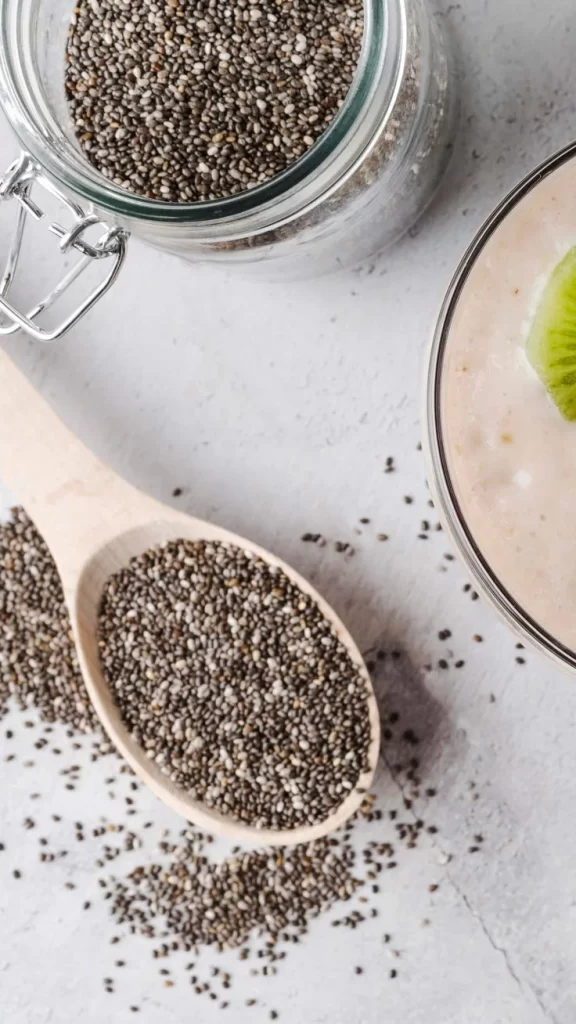

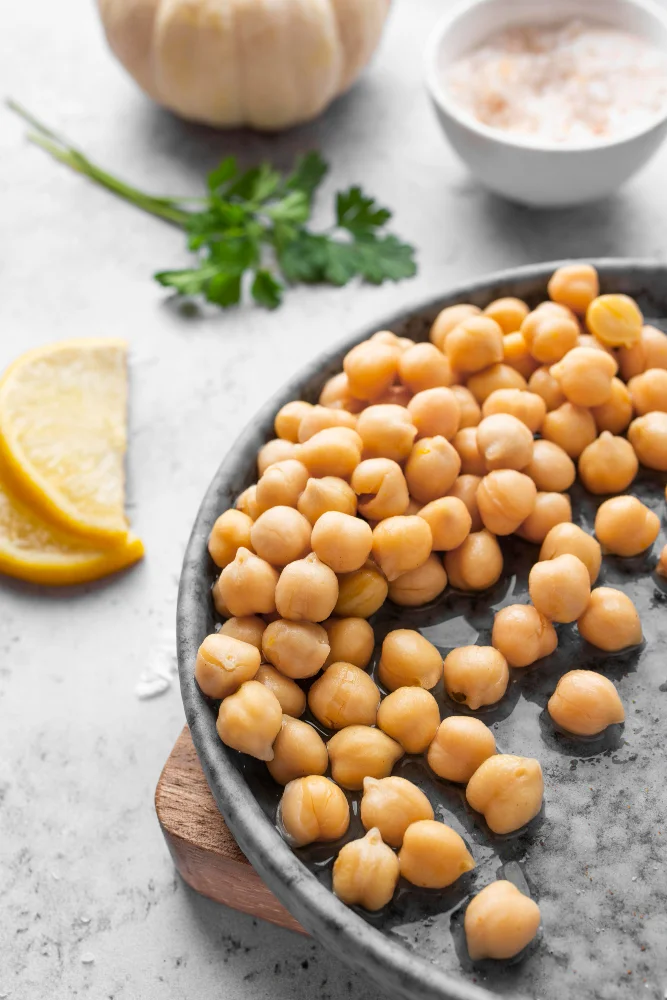
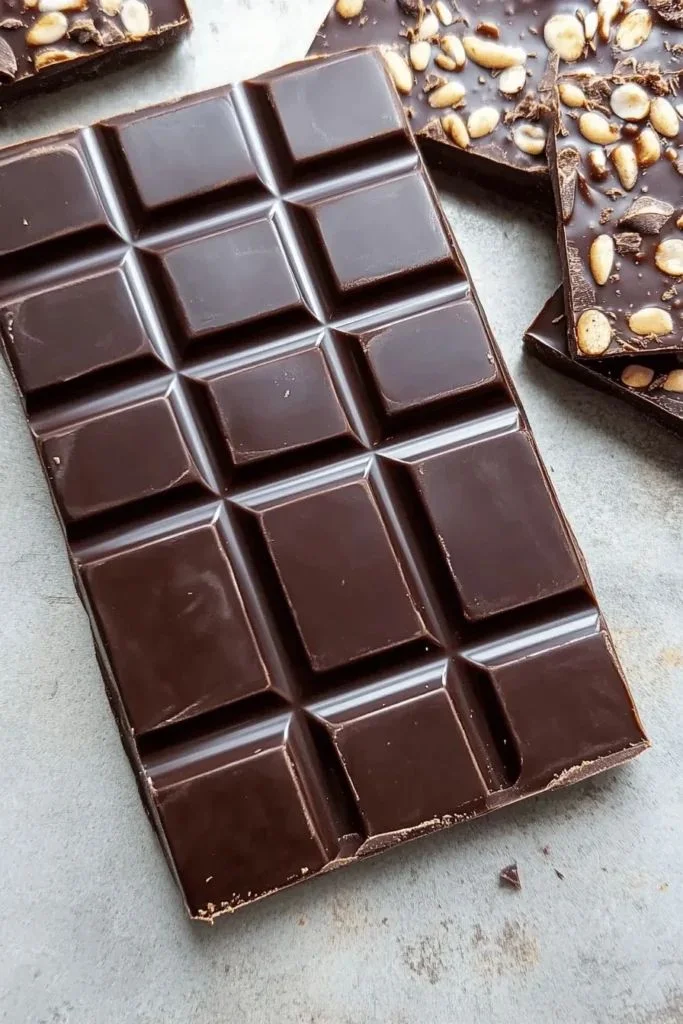
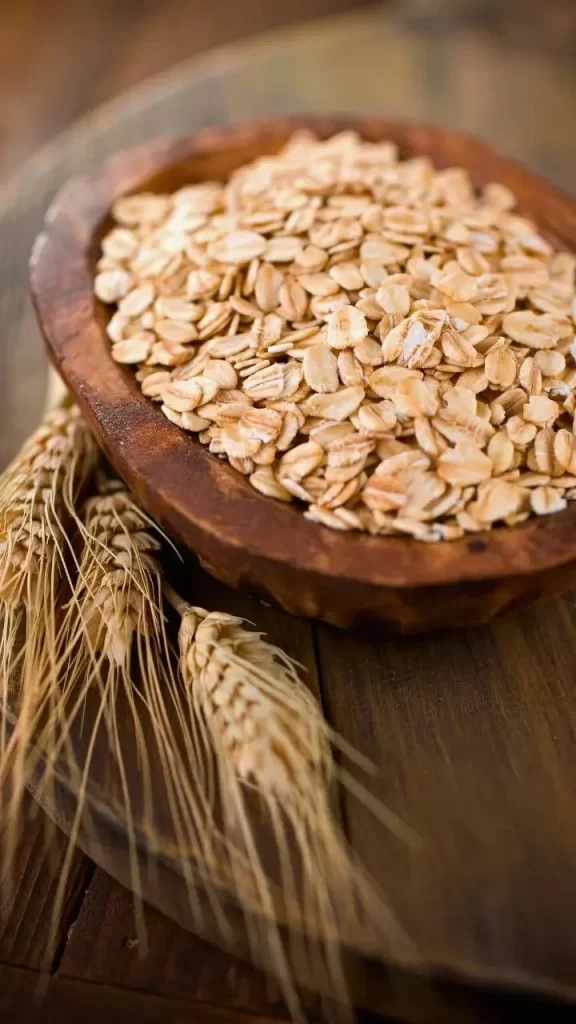
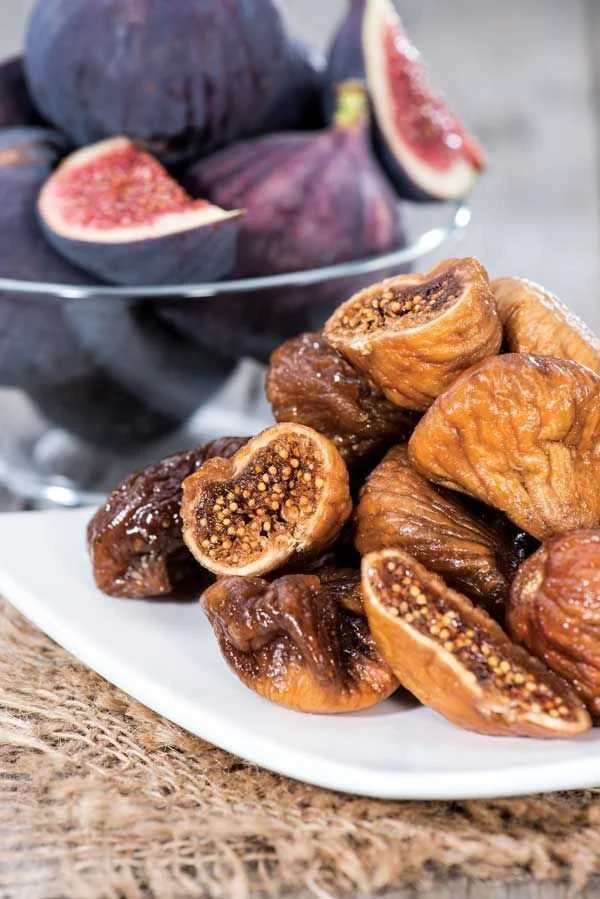
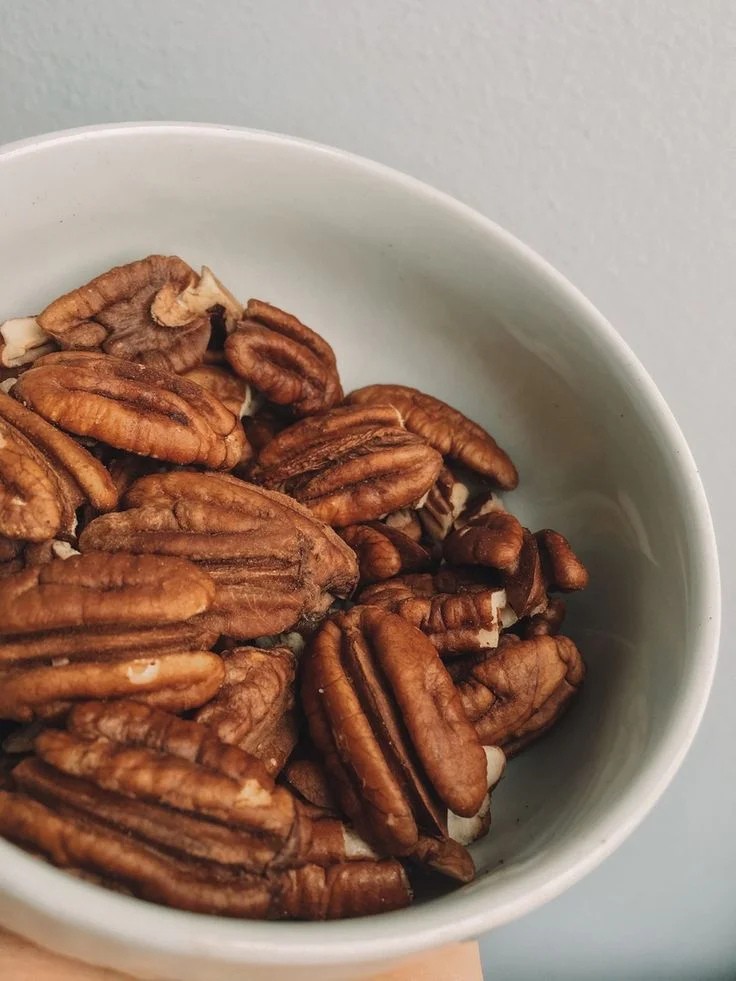

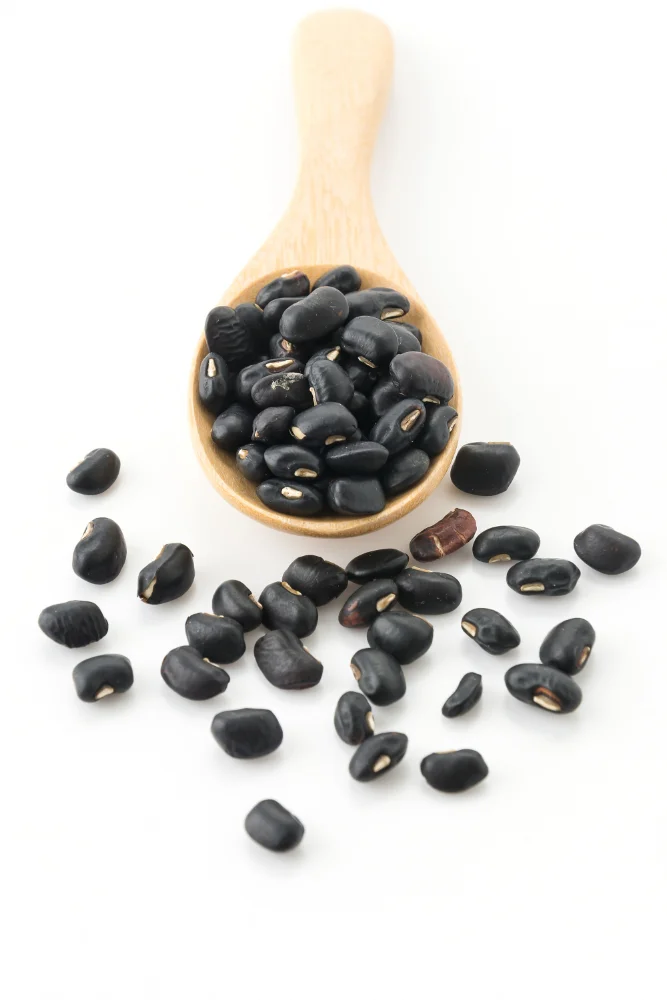
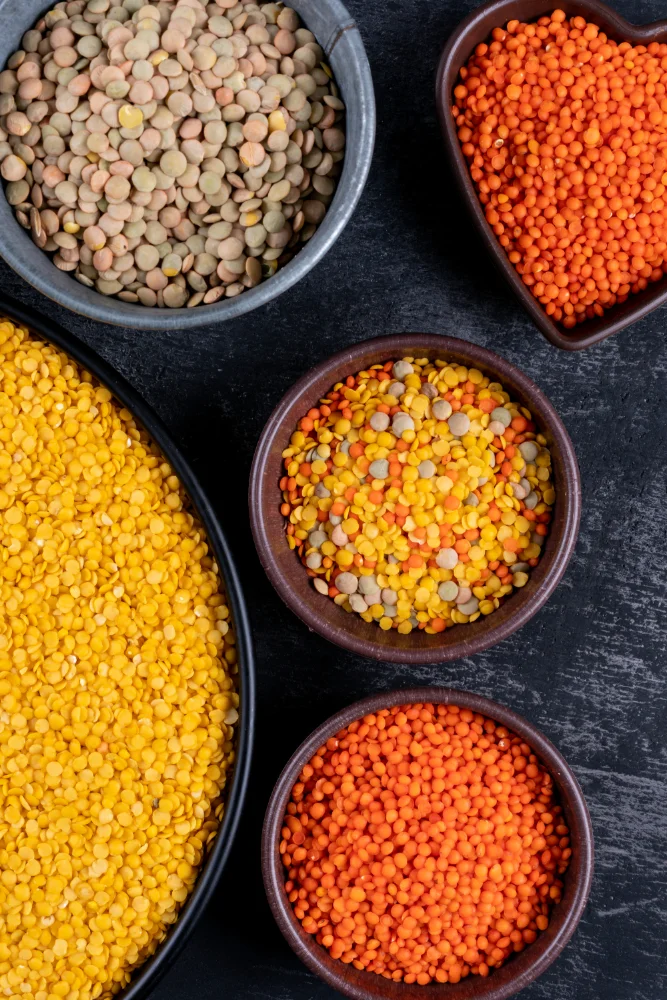
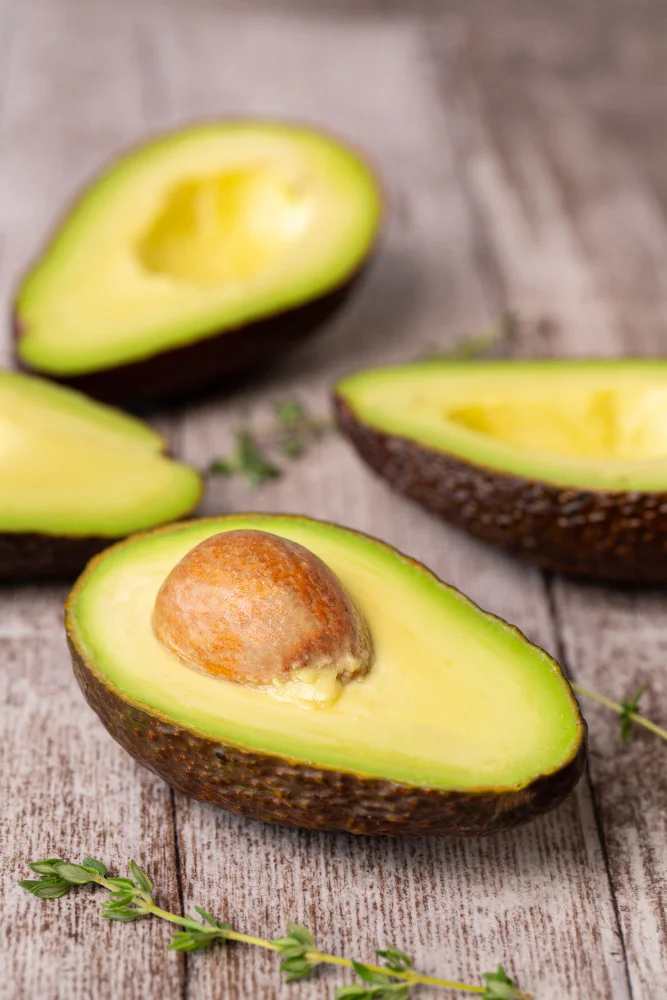
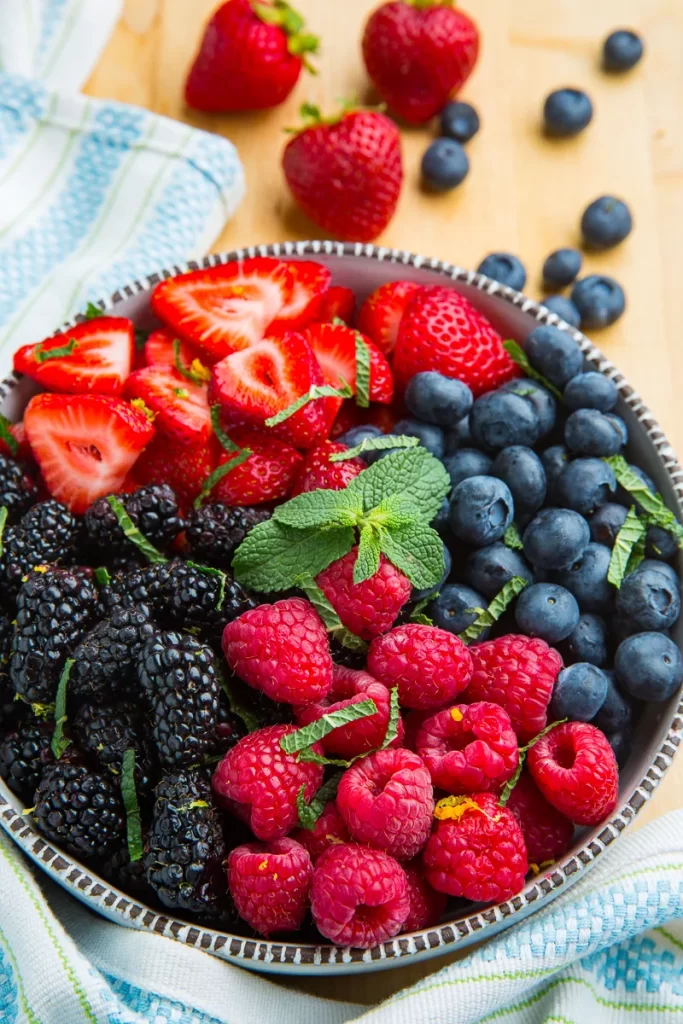
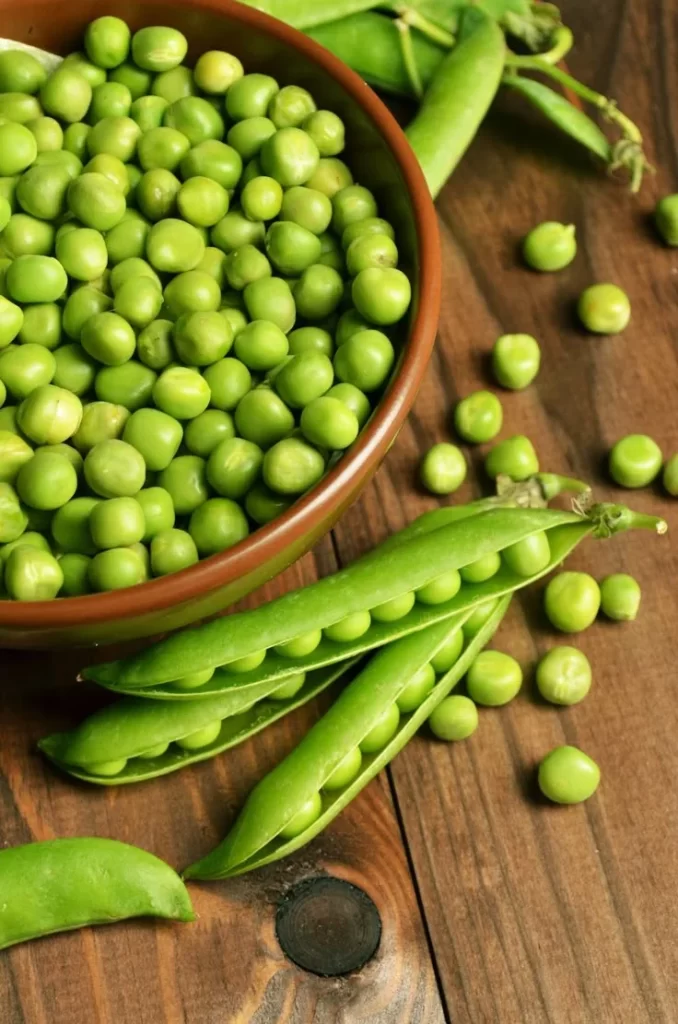
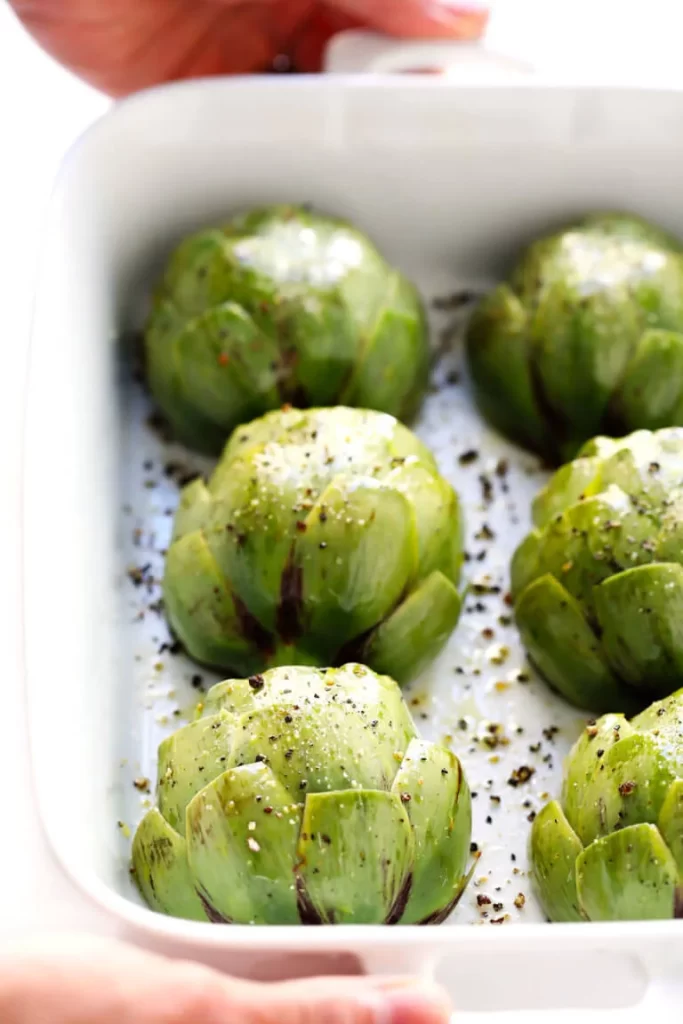

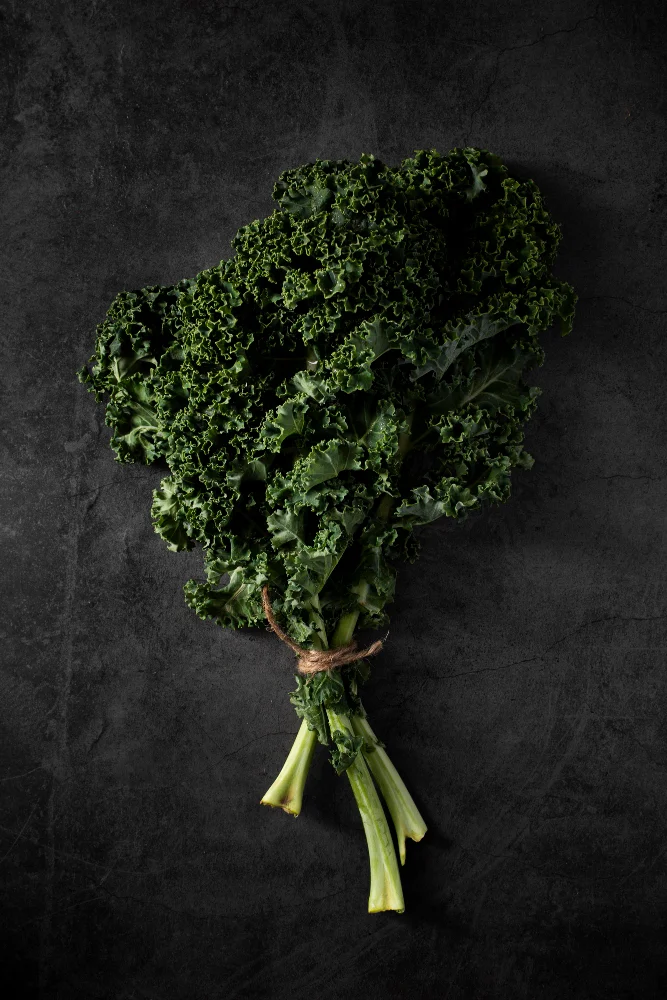
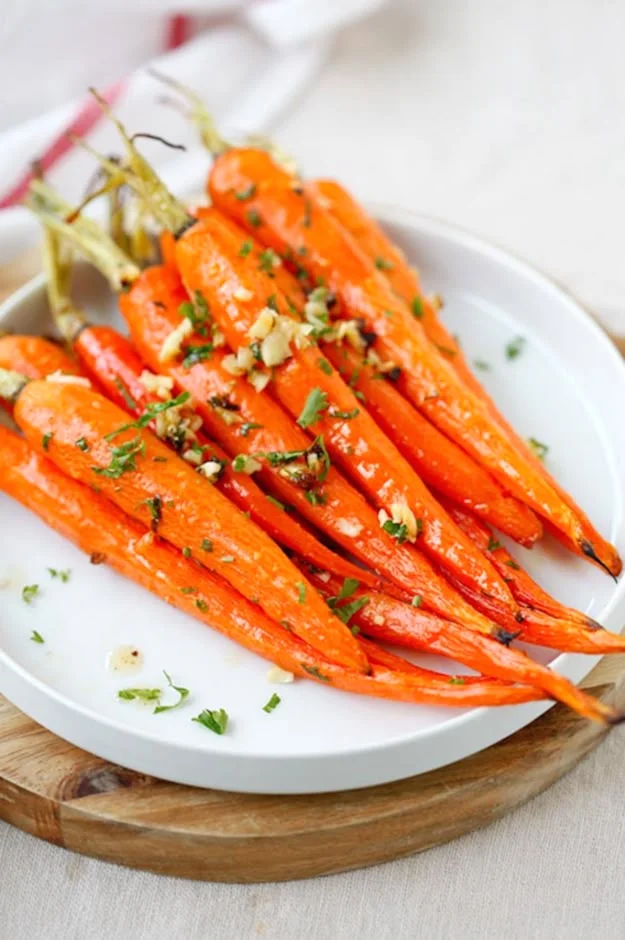
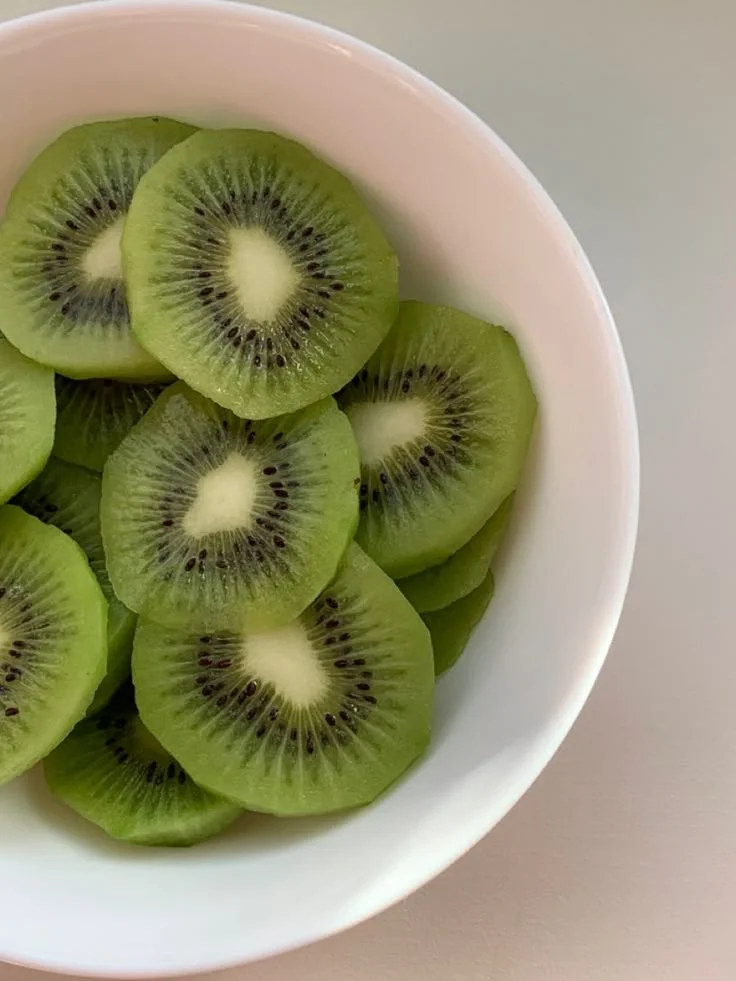
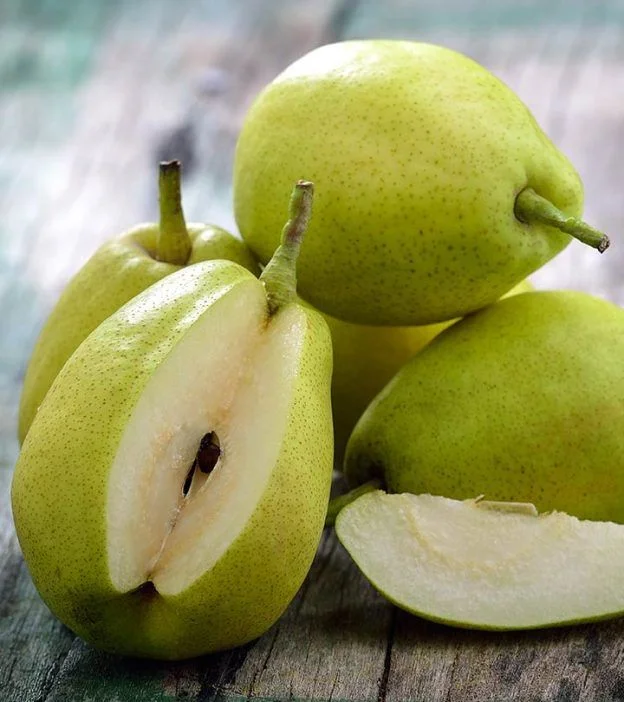
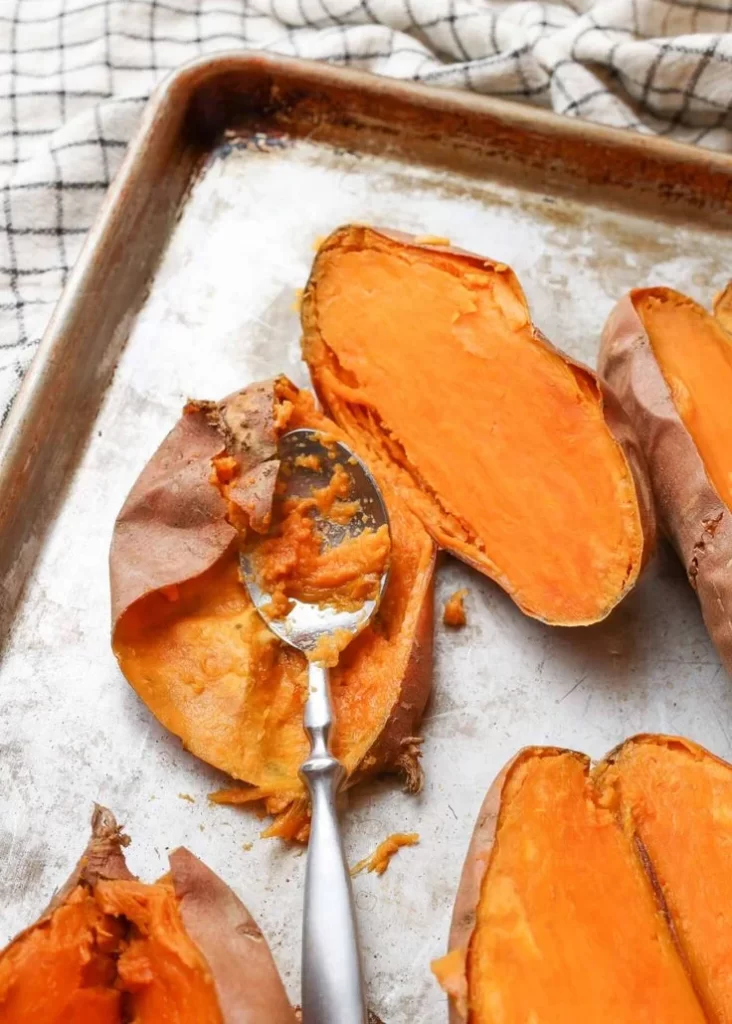
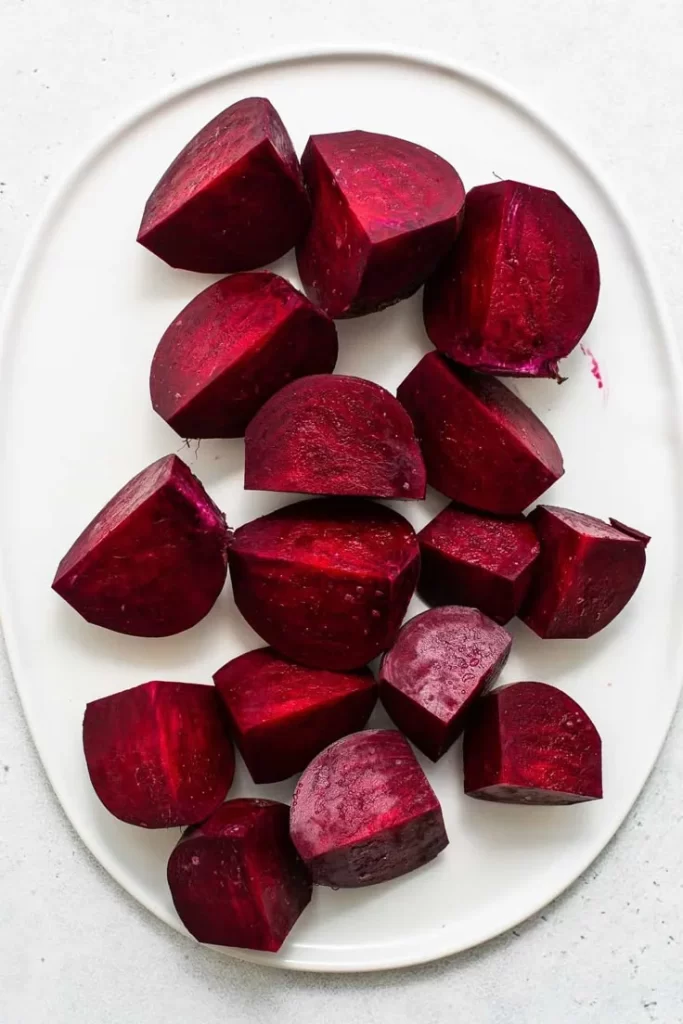
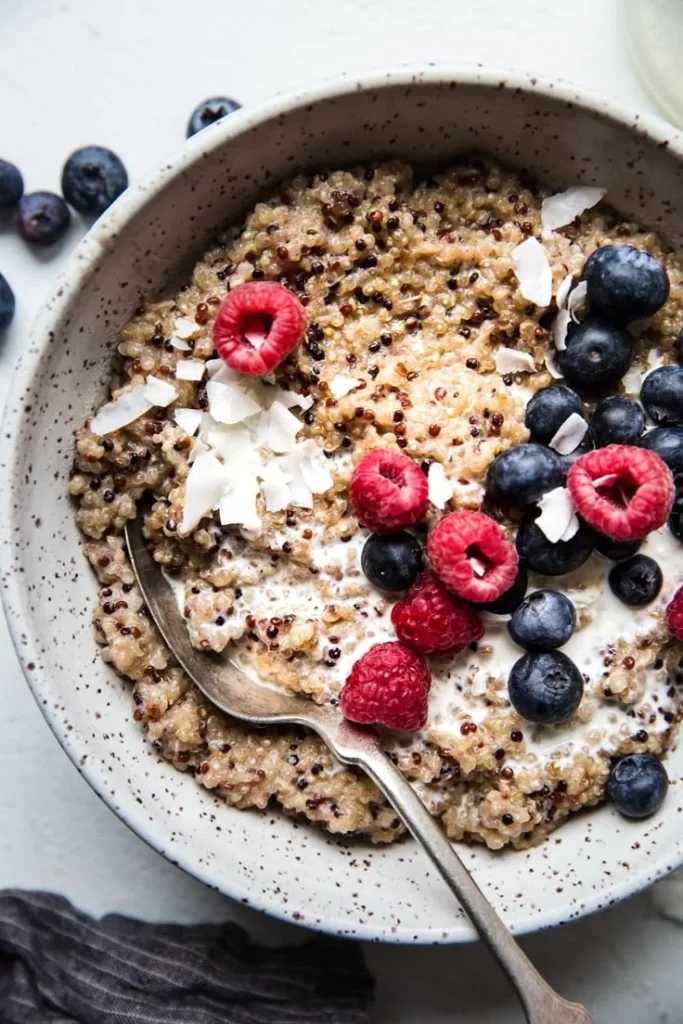
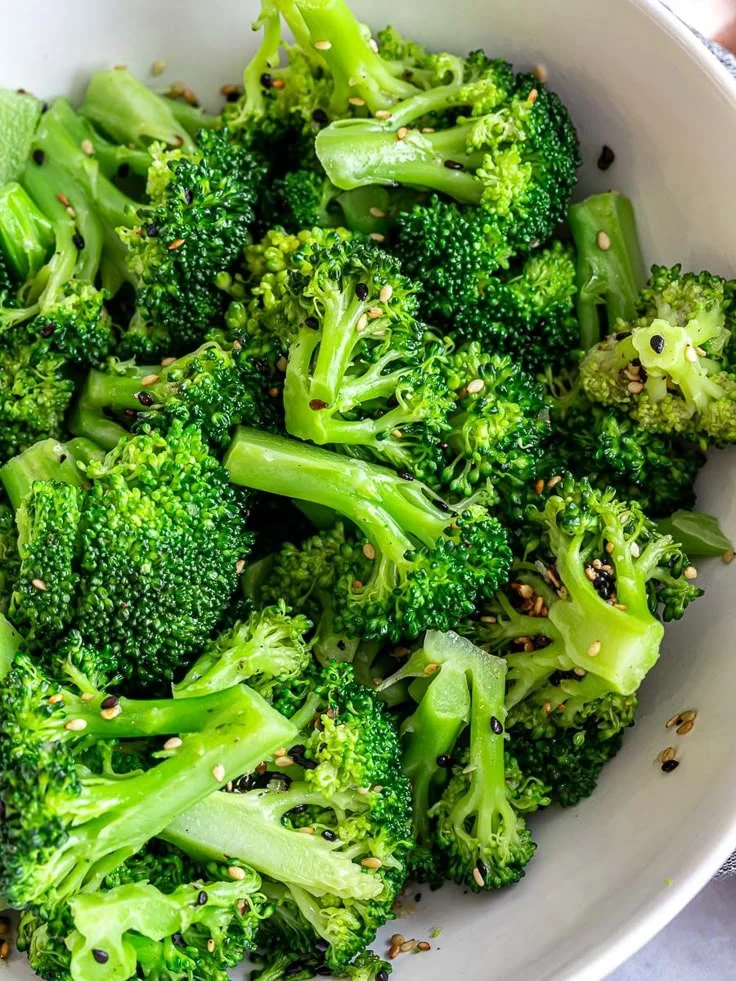
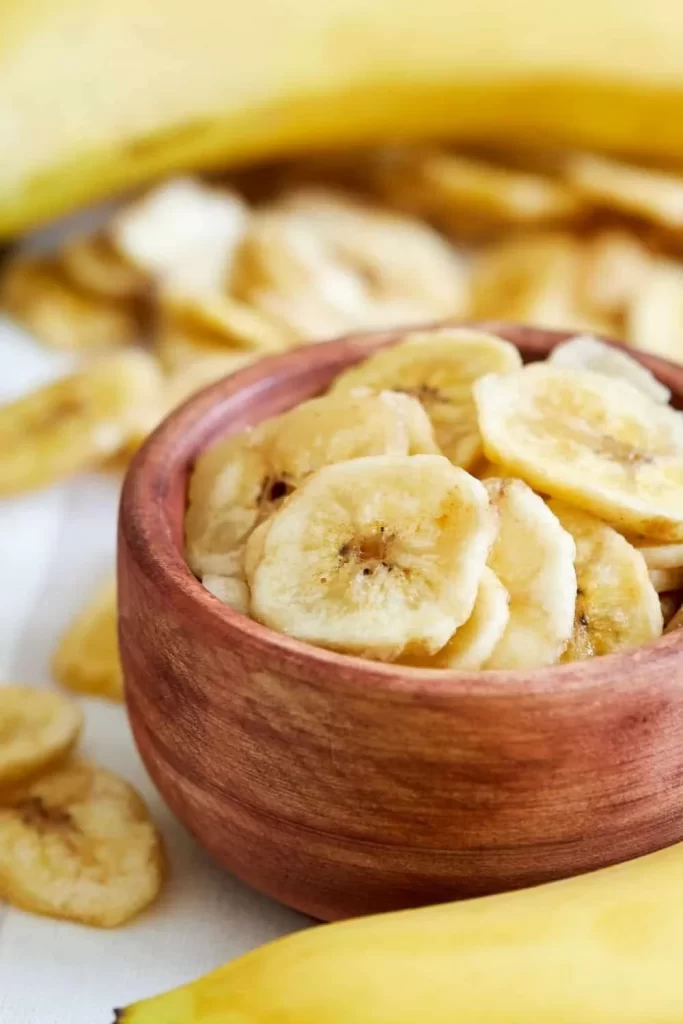
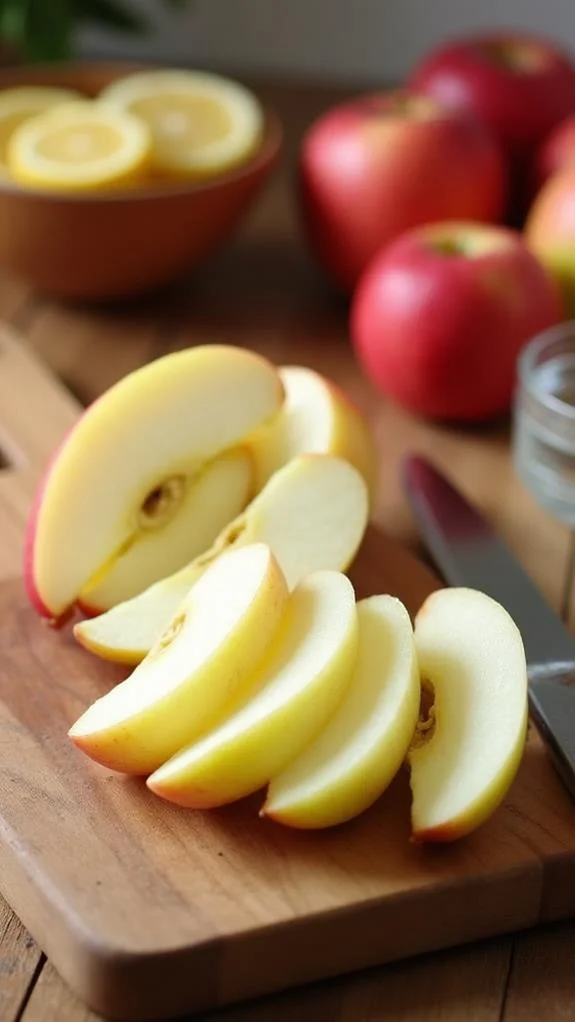



Leave a Reply